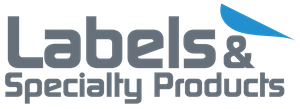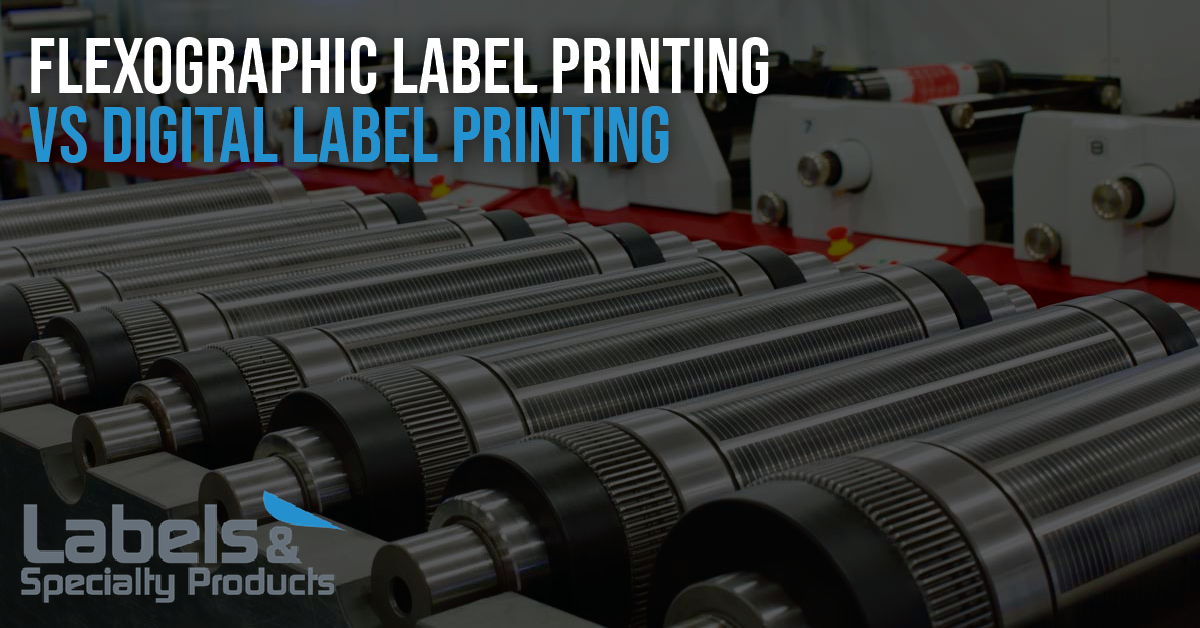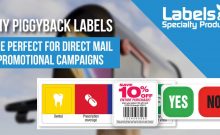Flexographic Label Printing vs Digital Label Printing
In the past, flexographic label printing dominated the world of label making, but in recent years digital printing has become more and more common. This begs the question: which one is the better fit for your company’s needs? We’re here to referee the flexographic label printing vs digital label printing fight to help you make the best choice for your company’s needs.
The more traditional of the two options, flexographic label printing involves using printing plates made of photopolymer. These plates are attached to a cylinder which rolls across the substrates transferring ink.
Pros
Flexographic label printing’s most attractive feature is its versatility. It can be used on a wide variety of substrates with a wide variety of inks. This, combined with customization options, like unique inks, embellishments, varnishes, and finishings, makes flexographic printing well-suited for a plethora of industries. Along with traditional pressure sensitive labels, flexographic printing lines when equipped can assemble multiple layers which is key for extended or expanded content labels also known as ECL”s. ECL’s are extremely useful when trying to incorporate a lot of critical information with little real estate to work with. Flexographic printing is also able to print a larger volume of a printed material more quickly, and overall at a lower price point.
Cons
Because flexographic printing uses physical printing plates there are the initial fixed costs of the printing plates themselves, it is necessary to stop between printing jobs to manually switch printing plates when going from one item to the next. Set up time is another cost for the conventional flexographic process.
Digital Label Printing
Digital label printing is the more recent of the two technologies. Digital printing machinery prints digital images onto substrates using inkjet or laser print technology.
Pros
Because digital printing does not utilize printing plates, this eliminates much of the between job downtime you find with the flexographic printers. This makes digital label printing an excellent choice when you need to print several different images in the same production run. Digital label printing is also known for needing less material, producing less waste, and having a significantly lower up-front cost.
Cons
Digital printing’s use of toner makes it somewhat more limited than flexo printing in the overall volume of printed materials. The need to replace toner also drives up the maintenance cost of these machines. Digital printing also works with a smaller variety of substrates and finishing and embellishment options must be completed on another line of equipment.
How to Choose
So who wins the flexographic label printing vs digital label printing battle? Truthfully, these two combatants work better when they’re fighting on the same side. Many companies use both flexographic and digital label printing to complement each other. When a company has a larger run with fewer skews, flexographic label printing gets the job done. When shorter runs with more variable data and skews are needed, then digital label printing is utilized. Whatever side your company falls on, Labels and Speciality Products is here to meet your needs.





